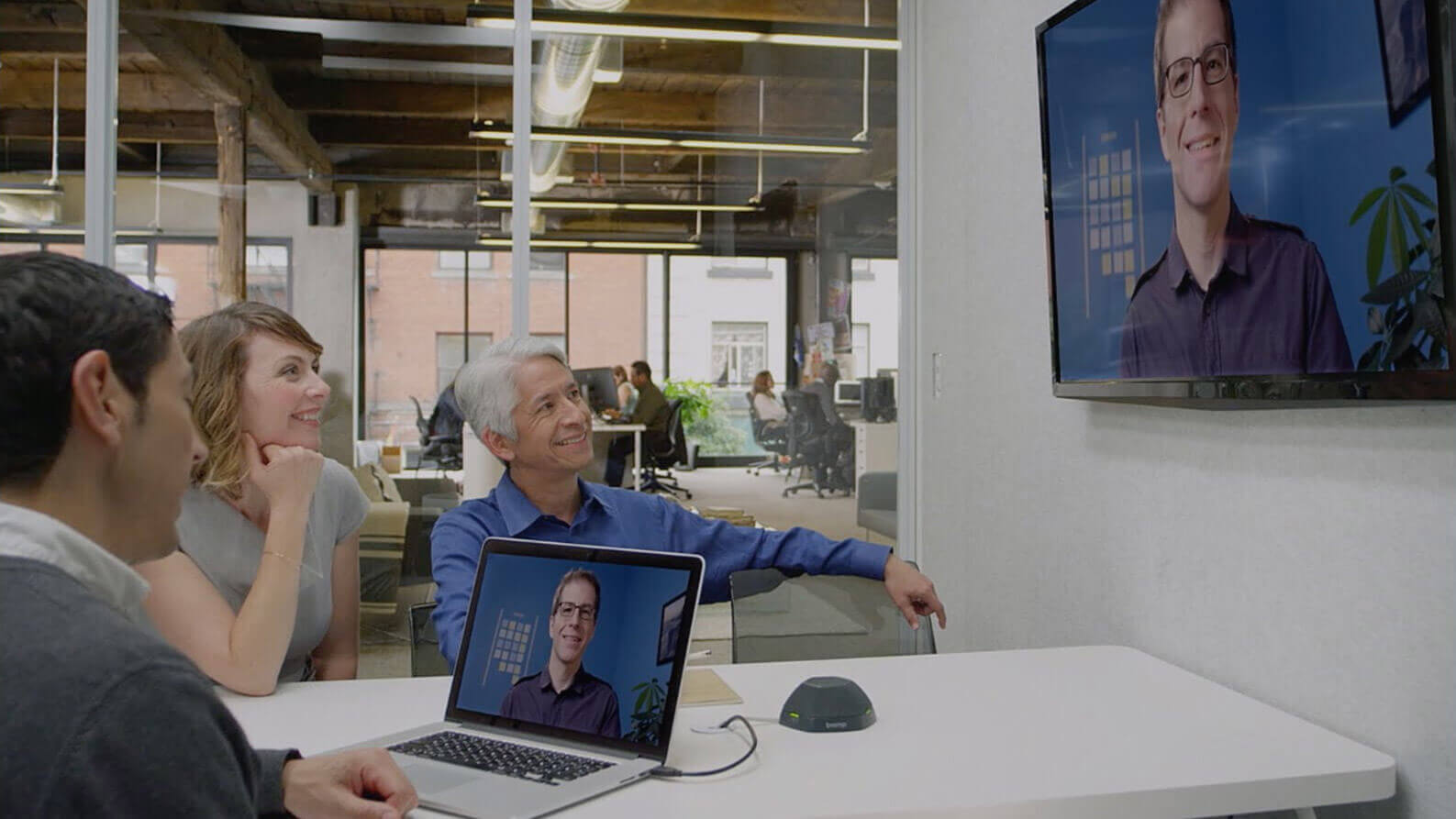Videoconferencing systems are the only tool for remote cooperation, which provides the same opportunities as a personal face to face meeting.
Videoconferencing is currently a regular and regularly used operative and modern way of communication, which is increasingly used in a number of disciplines. Video-conferencing connects not only video (video) and audio (audio), but participants can also exchange data during video conferencing.

Main benefits of videoconferencing:
- Significant savings in time and costs and the reduction of travel risks
- The ability to solve your work and appointments instantly from the comfort of your office, from home or on the go
- Decreasing the need to have workers in one place can be more efficiently deployed anywhere
- Acceleration of decision-making processes, reactions to changes in the market environment
- Immediate solution of problems and crisis situations through operational conventions
- More effective teamwork
- Faster, better quality and more efficient management
- Responsible approach to the environment and ecology (CO2 reduction)
The use of modern videoconferencing systems brings with it an essential part of natural interpersonal communication, which for other communication tools, such as phone, email, chat, sms or regular web conferencing, is totally absent.

What is natural interpersonal communication and what is the use of videoconferencing?
- 55 % behavior and speech
- 38 % voice and his intonation
- Only 7 % verbal expression
As a result, up to 80% of interpersonal communication is non-verbal. Research shows that people tend to overestimate the meaning of words and build their meaning over others.
It would be a mistake to think that videoconferencing is only for big companies or big sessions. Even the solution for smaller meeting rooms ensures the highest quality videoconferencing and does not require high costs as equipment for larger meeting rooms.